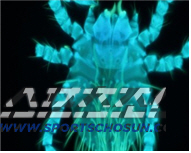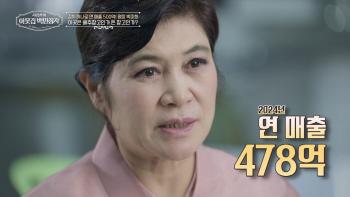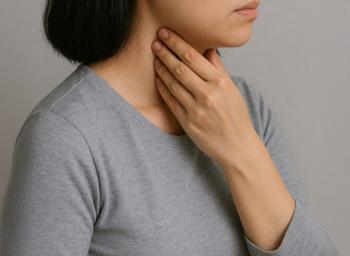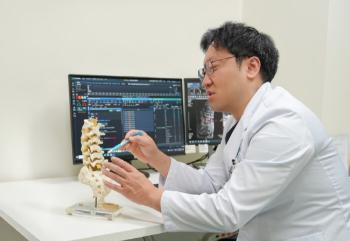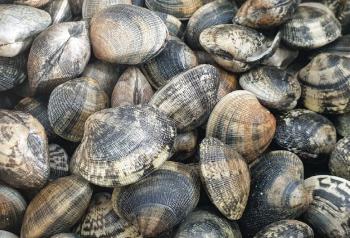Tsutsugamushi-mediated hair mite activity surges...You have to be careful when doing outdoor activities
Oct 30, 2025
|
According to the Korea Centers for Disease Control and Prevention (KCDC), the index of hair mites mediating Scrub typhus was 0.24, up 12 times from the previous week (0.02).
Tsutsugamushi occurs after being bitten by larvae of hairy mites with Orientia tsutsugamushi, and is characterized by the development of a crust (black scab, Eschar) at the bite site. The main symptoms are fever, muscle pain, spot rash, and lymph node enlargement, and 73.2% of all patients in the last three years (2022-2024) occurred intensively during the fall (October to November).
A total of eight species of hair mites that mediate tsutsugamushi in Korea have been reported. As a result of monitoring in 2024, it was confirmed that there were many active-leaf hair mites in the southern region and large-leaf hair mites in the central and northern regions.
In addition, hair mites begin to occur at an average temperature of less than 20°C, show active activity at 10-15°C, and then tend to decrease when they fall below 10°C. In fact, as the average temperature fell to 15.9℃ in the 43rd week of 2025, the occurrence of hair mites was confirmed to increase.
Lim Seung-kwan, Director of the Korea Centers for Disease Control and Prevention, said "As the probability of contact with hairy mites may increase during the fall foliage season and harvest season, preventive rules should be strictly observed, such as wearing long sleeves and long pants during outdoor activities to prevent Tsutsugamushi.""Tsutsugamushi can be cured with antibiotic treatment, so if bite marks (skin) are observed after outdoor activities or agricultural work, or symptoms such as fever and rash appear within 10 days (submersible period), visit a medical institution for treatment."," he said.
This article was translated by Naver AI translator.
